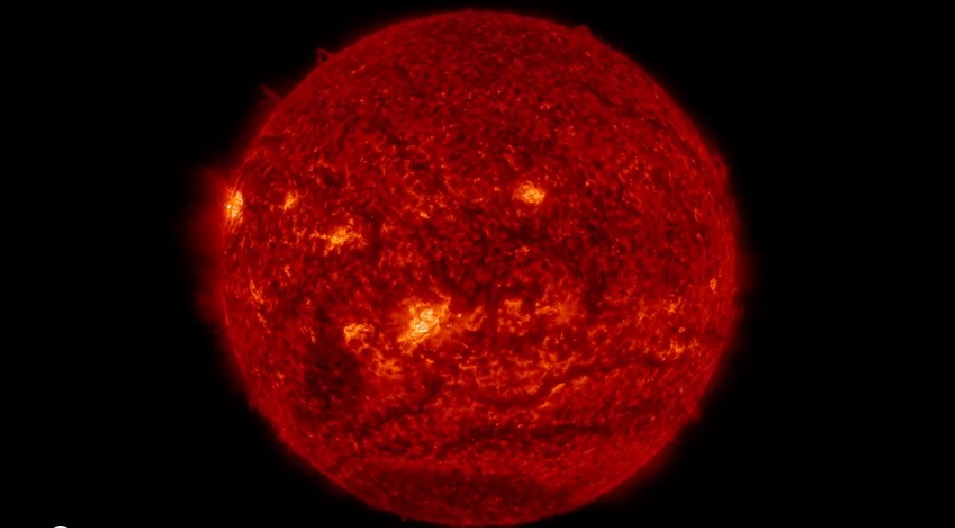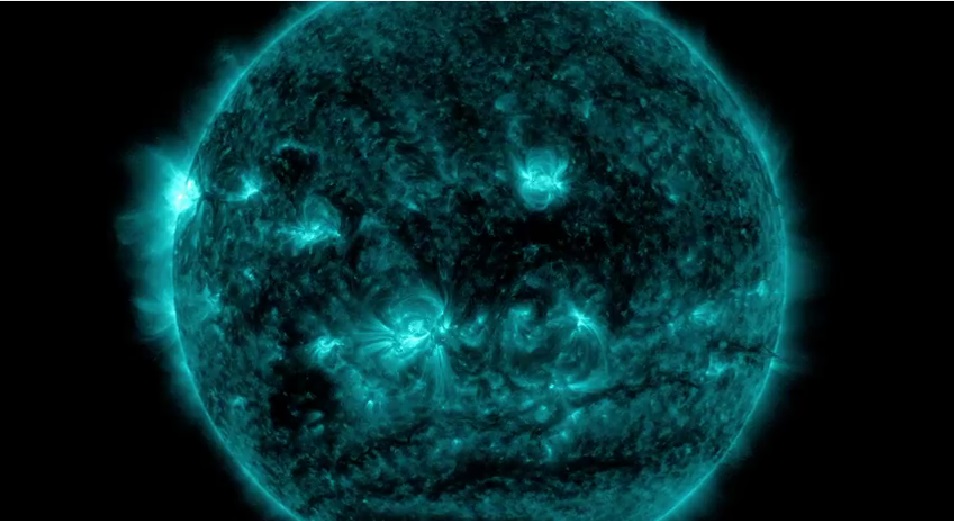The Pacific region witnessed the most powerful solar flare of the year on Tuesday, 5 May, according to National Aeronautics and Space Administration (NASA).
Later, the US Space Weather Prediction Center (SWPC) in Boulder, Colorado, a body supervised by the National Oceanic and Atmospheric Administration, has revealed that there could be another powerful sun storm towards the end of the week.
The flares are bursts of radiation or powerful sun storm that are categorised into three sections, namely C, M and X. While C is the weakest flare, X is the most powerful one and 10 times stronger than M.
Although the intensity of X-class solar flare has caused radio blackouts, it might not disturb atmosphere or affect humans. "Given the impulsive nature of this event, as well as the source location on the eastern limb of the sun, we are not expecting a radiation storm at Earth," said SWPC scientists.
Meanwhile, they revealed that they are looking out for the possibility of another coronal mass ejection (CME) that could have harmful impact on Earth. CMEs are powerful clouds of solar particles that can cause geomagnetic storms and disturb satellite navigation and power grids.
"We will be on the lookout for new imagery from the NASA SOHO [Solar and Heliospheric Observatory] mission to determine if there was an associated CME with this event. Given the same logic above, however, we do not expect there to be one that would impact Earth," Yahoo quoted the scientists as saying.
Explaning further, the SWPC researchers said, "We are expecting several active regions to be rotating onto the visible disk later this week and into the weekend. We have observed a few energetic CME on the back side of the sun with these regions, so we expect that overall solar activity will be on the rise in the short to medium term."
Watch the video below:




















